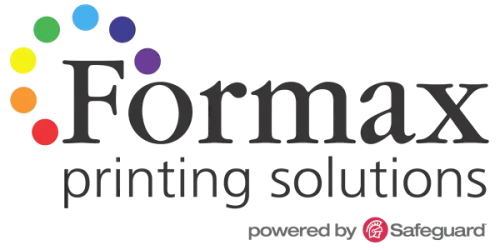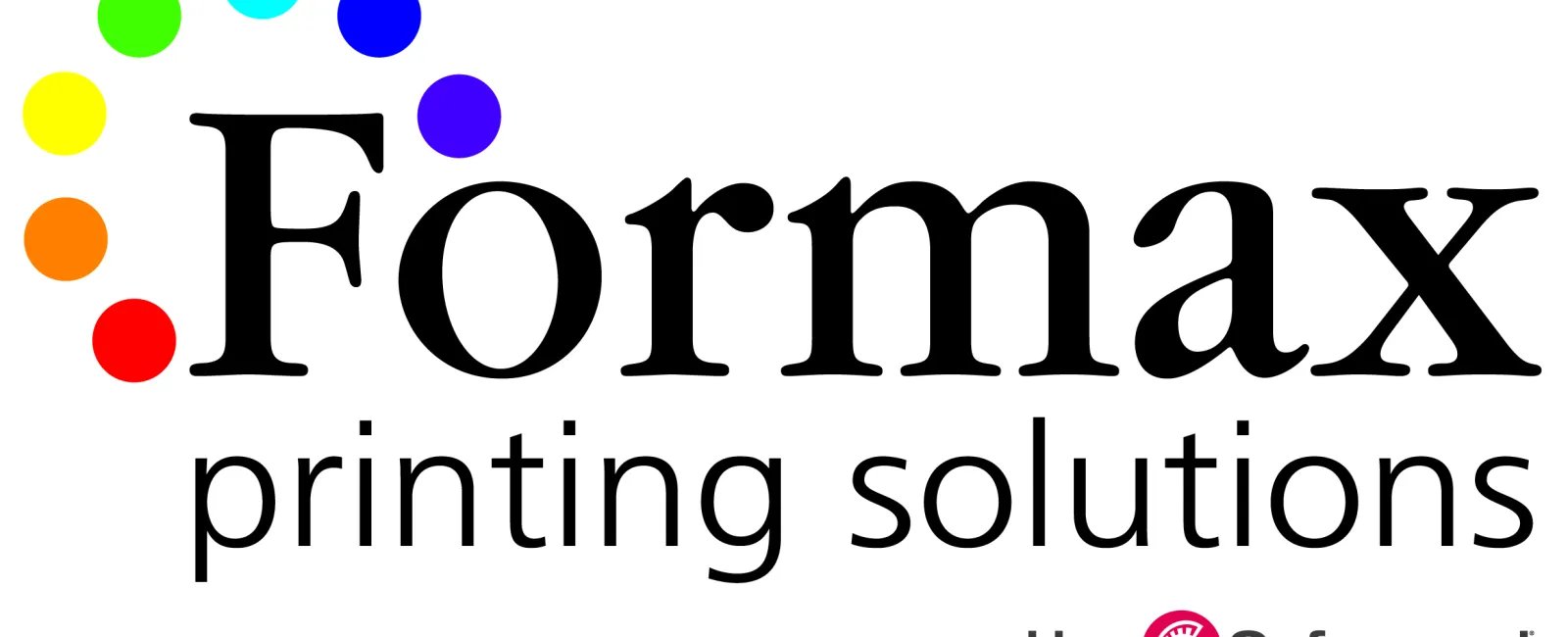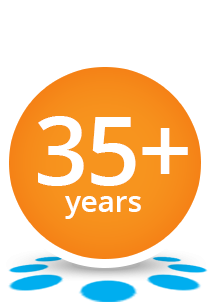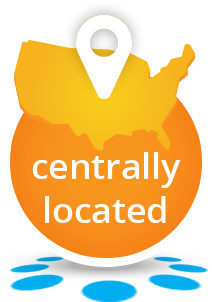
Why Are Printing Terms Often Confusing for Beginners?
The printing world is full of terms. Some of these terms may be confusing to those new to printing. This is particularly true when it comes to terms that describe the size of a printed document, whether it be a business card, brochure, book, or something else.
With that in mind, we hope to clarify some of these puzzling terms. Below are explanations of common size-related terms you may encounter on a quote or in discussions with your printer-
Flat Size
This refers to the dimensions of a document after it has been printed and received any necessary trimming, but before it has been subject to any operations that further affect its size, such as folding. Flat Size is often used interchangeably with Trim Size. The Flat Size is also the same as the Finished Size for documents that are not folded.
Trim Size
This refers to the dimensions of a document after it has been printed and cut down to its desired width and height from a larger sheet, prior to any folding. Paper is trimmed to remove any excess around its perimeter or to separate pieces that have been printed as multiple images per sheet. Trim Size is the same as Flat Size. The Trim Size is also the same as the Finished Size for documents that are not folded.
Finished Size
This term refers to the dimensions of a printed document in its final form. It is equal to the Flat Size or Trim Size of an unfolded document and the Folded Size of a folded document.
Folded Size
This refers to the dimensions of a document after it has been folded.
Page Size
This refers to the dimensions of the pages in a book or other bound document. In fact, the size of most books is conveyed by the page size. Common page sizes include 5.5" x 8.5", 6" x 9", and 8.5" x 11".
Cut Size
You might think Cut Size is another way of saying Trim Size, but that is not the case. The term Cut Size simply refers to paper that is pre-cut and packaged in convenient sizes, usually 13" x 19" or smaller. The most popular Cut Sizes in the United States are 8.5" x 11" (letter size), 8.5" x 14" (legal size), and 11" x 17" (tabloid size). Depending on the size of your particular project, a commercial printer could print it on Cut Size paper or something larger.
Press Sheet Size
This term refers to the size of the paper that is run through a sheet-fed printing press. Most modern Digital printing presses can accommodate a sheet size up to 13" x 19" or 14" x 26". Sheet-fed offset presses can accommodate larger press sheets, such as 23" x 29" or 28" x 40".
Parent Sheet Size
If your project requires trimming, it will be printed on a larger sheet and then trimmed down to the desired size. This larger sheet is known as the Parent sheet. For efficiency, multiple images are often printed on a Parent sheet. For example, sixteen 6" x 9" images can be printed all at once on a 28" x 40" Parent sheet and then trimmed apart.
Something else to keep in mind-
The size of a printed piece should always be specified as width first, then height. For example, 6" x 9" (6" wide x 9" high) or 8.5" x 11" (8.5" wide x 11" high).
If you have any questions about print sizes or printing in general, get in touch with Formax Printing Solutions. We've been in business for 30 years and can assist with just about any size or type of print project you may have.
Take care! Rick




